In the Mojave Desert, the U.S. Army has created an extensive training ground designed to prepare soldiers for the complexities of modern warfare. This vast facility features artificial towns, complete with actors, tanks, and realistic battle simulations, where troops practice their skills amidst explosions and tactical exercises, reports The Guardian. Exploring the intricacies of this unique setup reveals the lengths to which the military goes to ensure readiness for any potential conflict.
The Setting: A Fake Town in the Mojave Desert
In the middle of California’s Mojave Desert lies Razish, a fabricated village built by the U.S. Army. With its golden onion dome, narrow alleyways, and a lively central market, Razish looks like a set for a Hollywood movie. But instead of a film crew, it’s filled with Apache helicopters, tanks, and soldiers engaging in mock combat. This artificial town is part of the Fort Irwin National Training Center (NTC), the largest training facility of its kind in the world.
A Realistic Training Environment
Fort Irwin, established in 1981, spans over 1,200 square miles. It hosts a dozen pretend settlements, each designed to simulate different combat scenarios. Soldiers train to liberate fictional nations like Atropia from the authoritarian state of Donovia, navigating valleys dotted with fake landmines and engaging in urban warfare.
Brigadier General Curt Taylor explains, “We have spent millions of dollars to replicate the complex realities of modern warfare.”
Evolving Training Techniques
The NTC’s training simulations have evolved to include new technologies and address emerging threats. In the 1980s, Fort Irwin introduced the Multiple Integrated Laser Engagement System (Miles), a military laser tag system that records every shot and casualty. The data is analyzed in the Star Wars building, allowing for detailed post-battle reviews.
The simulations also test military technology. The remote location enables radar, GPS, and radio signal jamming. The NTC even operates a fake cable News channel and internal social media networks, Tweeter and Fakebook, where mock civilians spread fake news about battles.
The Historical Context
The need for such realistic training emerged from historical lessons. The Battle of Mogadishu in 1993, depicted in “Black Hawk Down,” revealed the U.S. military’s unpreparedness for urban warfare. In response, the army emphasized urban combat training and understanding local cultures. The conflicts in Afghanistan and Iraq further underscored the importance of this training, leading to significant investments in facilities like Fort Irwin.
Adapting to Modern Threats
Recently, the war in Ukraine has influenced the NTC’s simulations. Razish, originally modeled on Middle Eastern towns, now features actors speaking Russian and simulating Eastern European culture.
“We’ve got people digging holes all over,” says Taylor, describing new trench systems inspired by Ukrainian warfare.
The Blackhorse Regiment replicates Russian military formations, adapting their vehicles accordingly.
The Role of Actors
Actors play a crucial role in creating realistic training scenarios. Job ads for these roles require Arabic or Russian language skills. Many actors are recent refugees, living on the base and working long hours. This industry has grown significantly, with more than $250 million in government contracts annually.
A Day in Razish
A typical day in Razish involves intense military exercises. Soldiers face the resident enemy, the 11th Armored Cavalry Regiment, known as Blackhorse. These seasoned opponents make the training challenging. After the exercises, soldiers and visitors can explore a “petting zoo” of tanks and try firing machine guns.
DroneXL’s Take
The Fort Irwin National Training Center represents the cutting edge of military training. By simulating modern combat scenarios, the U.S. Army prepares its soldiers for the complexities of urban warfare and emerging threats. This facility highlights the importance of drones and other advanced technologies in contemporary warfare. As drones continue to evolve, their role in military training and operations will undoubtedly expand, shaping the future of combat readiness.
Discover more from DroneXL.co
Subscribe to get the latest posts to your email.

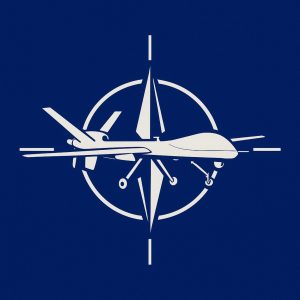
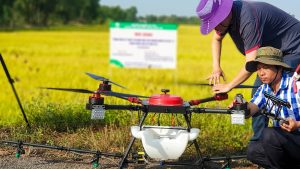
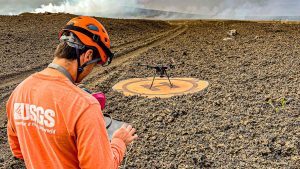

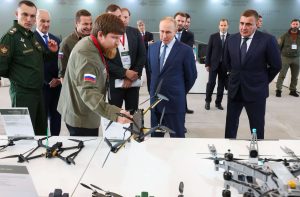

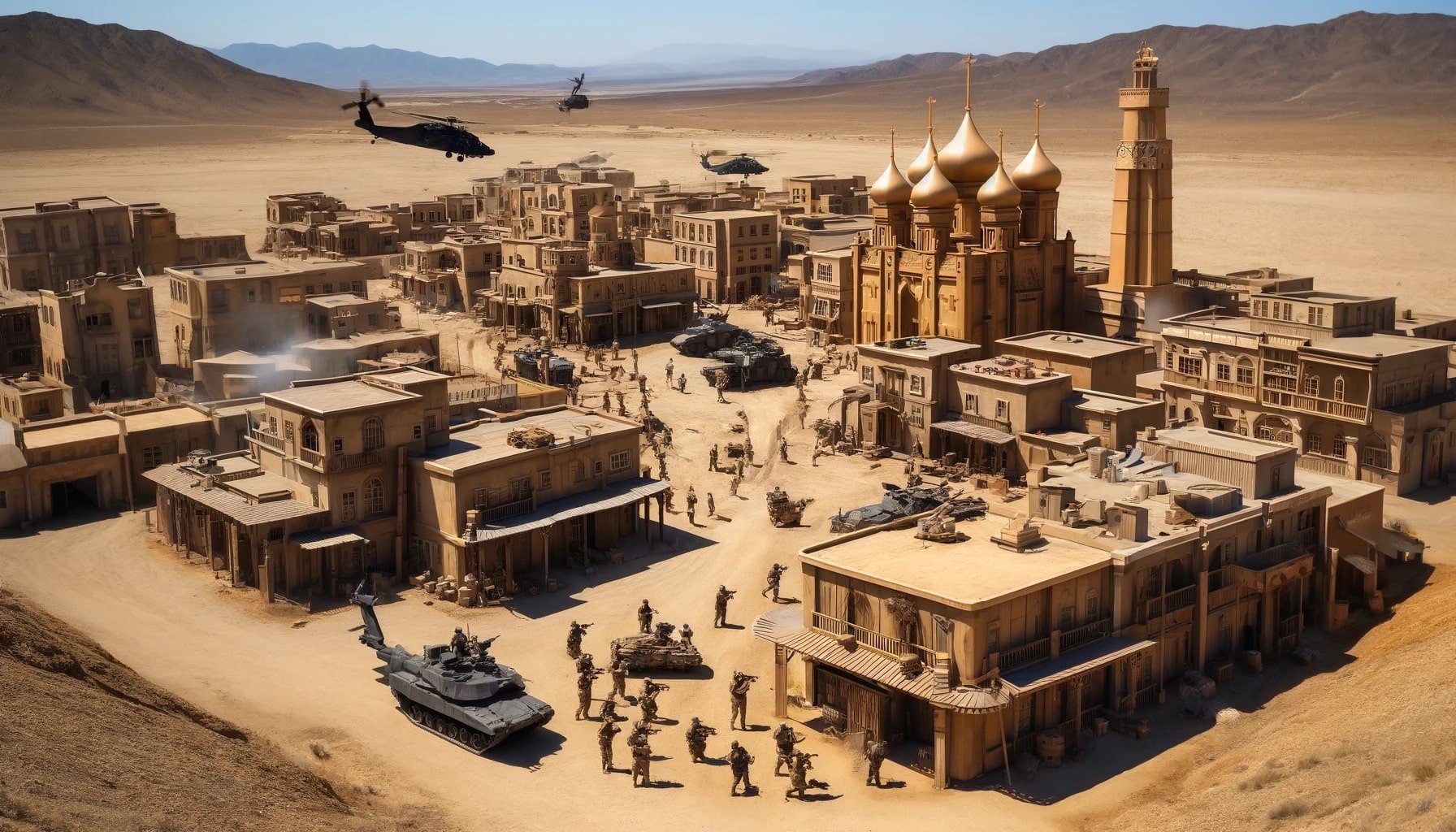
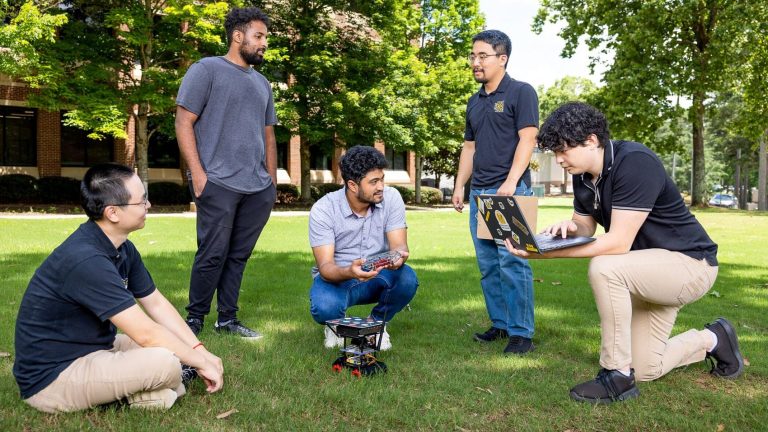

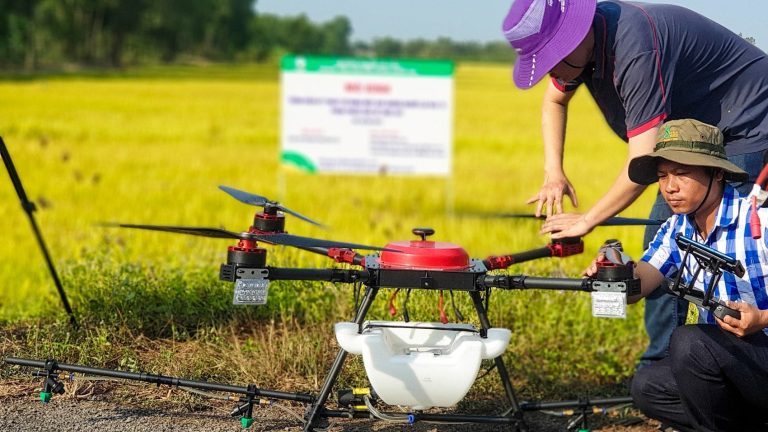

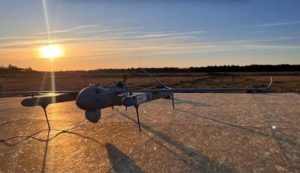



+ There are no comments
Add yours